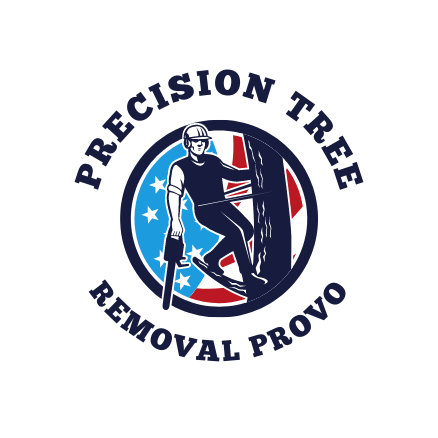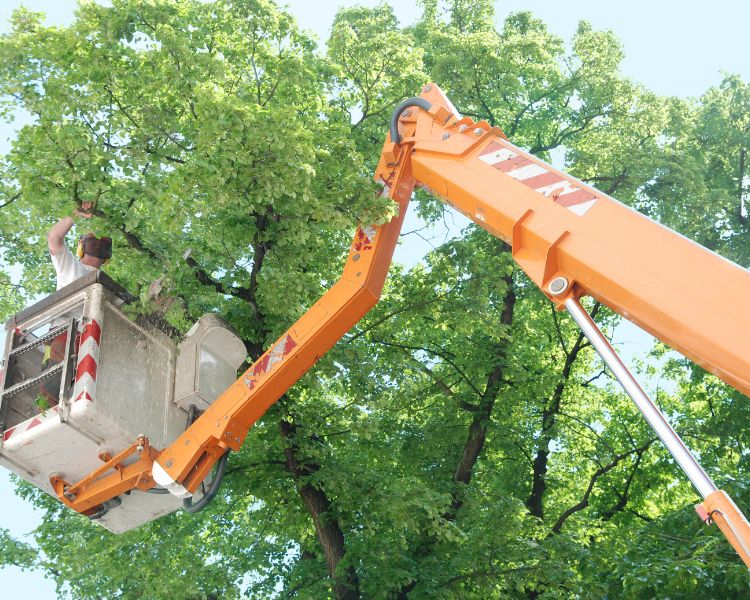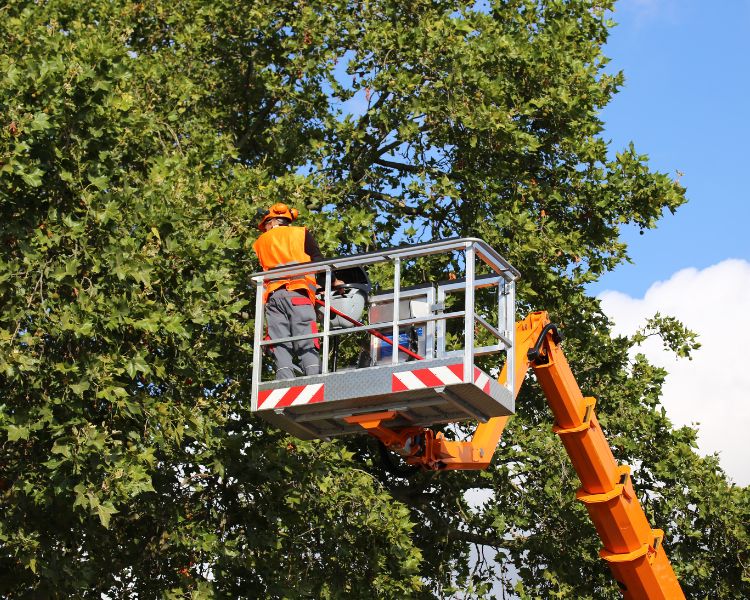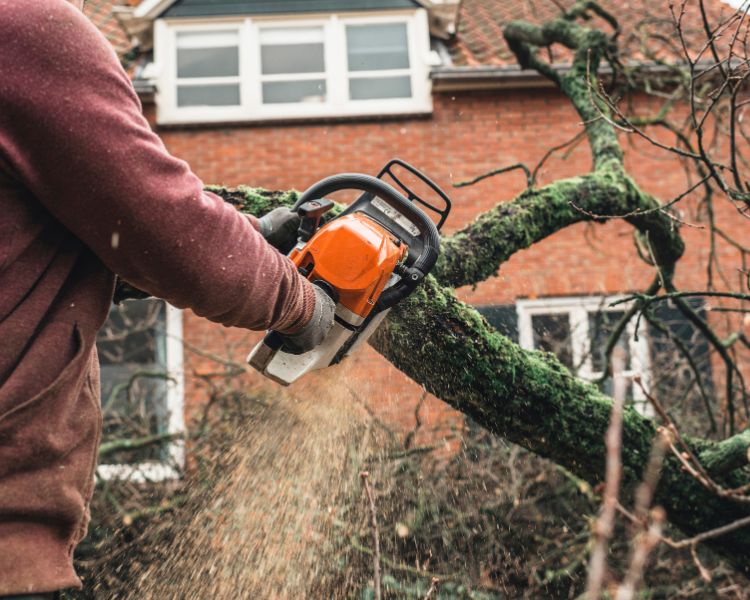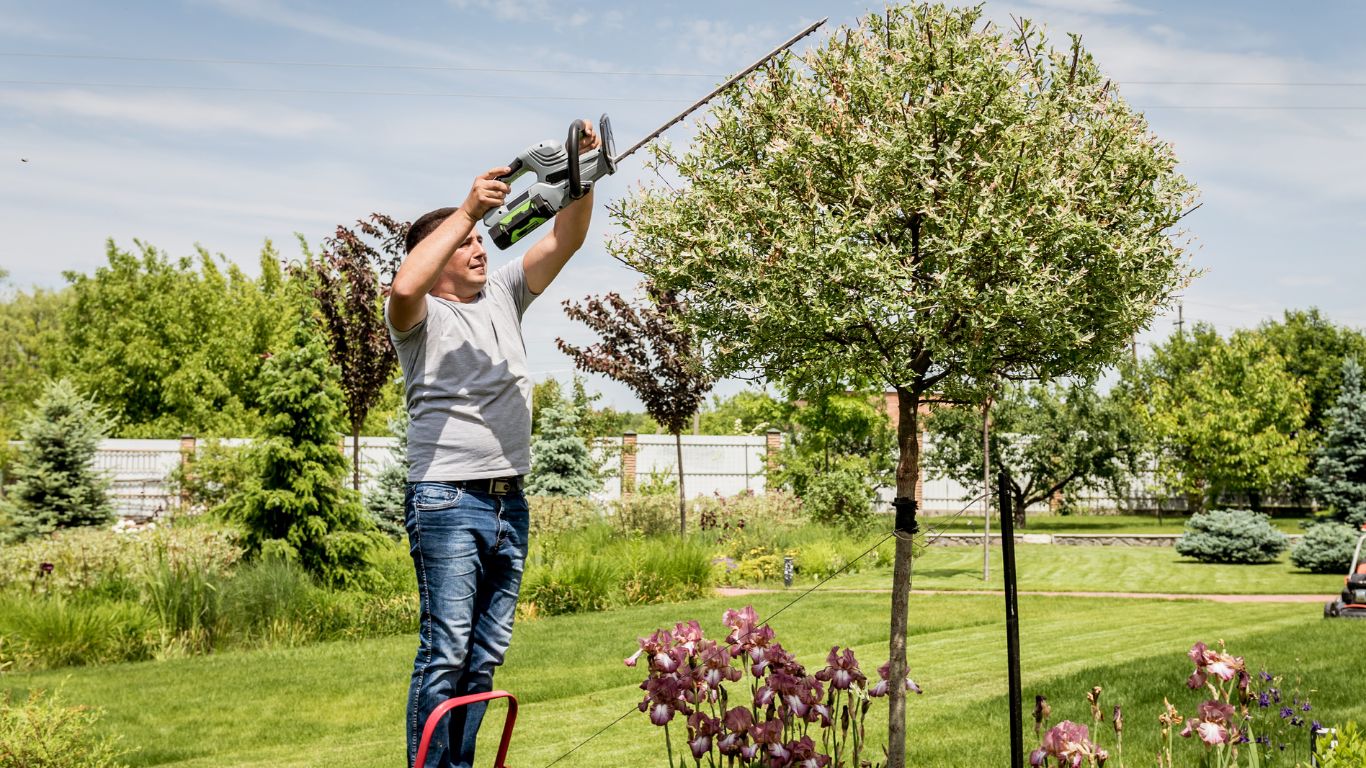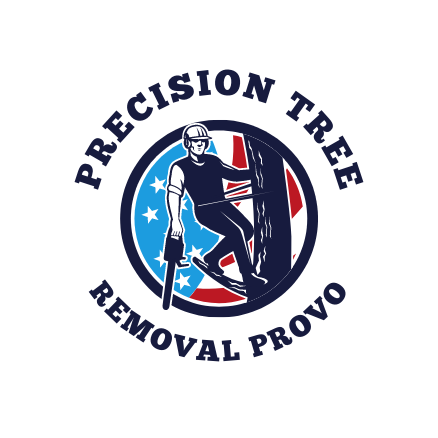A well-manicured lawn is an essential component of any beautiful, functional home. It not only adds to the aesthetic value of your property but also offers a tranquil space to unwind and spend time with loved ones. One crucial aspect of maintaining that perfect landscape is tree trimming. Whether you are looking to shape your trees or promote healthy growth, it’s essential to have the right knowledge and tools at hand.
In this blog, we will cover everything you need to know about tree trimming in Provo. From when to trim your tree to tips on safe and effective trimming, we’ve got you covered. We’ll also explore the different types of trees that require trimming, the pros and cons of hiring a professional, and things you should avoid while trimming your trees. So get ready to shape your landscape with precision!
When Should You Trim Your Tree?
The best time to trim your tree depends on the type of tree you have. Generally, it is recommended to prune deciduous trees (trees that lose their leaves in the winter) during their dormant season, which is typically in late winter or early spring before new growth begins. Pruning during this time allows the tree to heal and recover before the growing season starts.
For evergreen trees, which retain their foliage year-round, pruning can be done at any time of the year. However, it is generally best to avoid pruning during periods of active growth, such as in the spring and early summer, as this can disrupt the tree’s natural processes.
It’s important to note that there are certain exceptions and specific considerations for different types of trees. If you’re unsure about when to trim your specific tree, it’s recommended to consult a professional arborist or horticulturist who can provide guidance based on your tree species, local climate, and other factors.
Types of Trees That Need Trimming
In Provo, trimming trees is vital for fast-growing and different types of trees. Some reasons for trimming include the tree’s type and growth patterns. There are various types of trees that require trimming, each having specific reasons to trim them.
- Fast-Growing Trees (e.g., Willows, Poplars): Fast-growing trees tend to develop branches quickly, which can lead to issues like overcrowding and weak limb structures. Regular trimming helps maintain a healthier and safer tree.
- Fruit Trees (e.g., Apple, Cherry, Peach): Fruit trees benefit from pruning to improve fruit production, enhance sunlight penetration into the canopy, and remove dead or diseased branches. Proper pruning also helps maintain the desired shape and size for easier harvesting.
- Evergreen Trees (e.g., Pine, Spruce, Cedar): Evergreen trees may need occasional trimming to remove dead or damaged branches, improve air circulation within the canopy, and maintain their aesthetic appeal. Trimming can also prevent diseases from spreading within the tree.
- Shade Trees (e.g., Oak, Maple, Elm): Shade trees often require pruning to reduce the risk of storm damage by removing weak or overextended branches. Proper pruning can also enhance the tree’s overall health and appearance.
- Ornamental Trees (e.g., Dogwood, Japanese Maple): Ornamental trees may need trimming to maintain their unique shapes and sizes, remove dead or diseased growth, and improve their aesthetic appeal in landscaping.
- Deciduous Trees (e.g., Oak, Maple): Deciduous trees lose their leaves in the fall, making it easier to identify and address issues such as dead or diseased branches during the dormant season. Regular trimming during this time can promote tree health and safety.
- Street Trees: Trees along streets or in urban areas may need pruning to clear away branches obstructing traffic signs, streetlights, or pedestrian pathways. Proper trimming helps ensure public safety.
- Windbreak Trees (e.g., Cypress, Arborvitae): Trees planted to serve as windbreaks often require pruning to maintain their effectiveness in protecting against strong winds. Trimming can also prevent wind damage to the trees themselves.
- Mature Trees: Older and larger trees can benefit from periodic trimming to reduce the risk of branches breaking and causing property damage during storms. Thinning the canopy can also improve light penetration and air circulation.
It’s important to note that the timing and extent of tree trimming can vary depending on factors such as the tree species, its age, local climate conditions, and specific objectives. To ensure that your trees receive the appropriate care, it’s advisable to consult with a certified arborist or tree care professional who can assess your trees’ needs and provide expert guidance on when and how to trim them safely and effectively.
Things to Avoid While Trimming a Tree
Tree trimming is an essential part of tree maintenance, but it’s equally important to do it correctly to ensure the health and longevity of your trees. There are several common mistakes that should be avoided when trimming trees. Here are the top 6 things to steer clear of:
Over-Trimming
Over-trimming, also known as excessive pruning or “hat-racking,” is a common mistake that can seriously harm your trees. When you remove too many branches or leaves, you disrupt the tree’s ability to photosynthesize, weakening its overall health. To prevent this, never remove more than 25% of the foliage in one season. Properly timed and measured trimming is key to maintaining a healthy tree.
Topping
Topping is a severe and damaging pruning practice where the entire top of a tree is removed. This not only disfigures the tree but also causes immense stress and often leads to decay and disease. Avoid topping your trees at all costs. Instead, opt for selective and thoughtful trimming that maintains the tree’s natural shape and structure.
Trimming Near Power Lines
Trimming trees near power lines is a task best left to professionals. Attempting to do this yourself can lead to serious safety hazards and may even result in electrocution. Contact your local utility company or a qualified arborist who has the necessary training and equipment to safely trim trees near power lines.
Neglecting Tree Needs and Growth Patterns
Each tree species has unique needs and growth patterns. It’s essential to understand these factors before trimming your trees. Some trees require more frequent pruning, while others should be pruned less often. Additionally, understanding how a tree naturally grows can help you make informed decisions about which branches to trim and which to leave intact.
Trimming at the Wrong Time
Trimming your trees at the wrong time of the year can stress the tree and leave it vulnerable to diseases and pests. In general, it’s best to prune during the dormant season, which is late fall to early spring when the tree is not actively growing. Avoid pruning during the peak growing season, as this can disrupt the tree’s growth.
Using Improper Tools
Using the wrong tools for tree trimming can lead to uneven cuts, tearing of bark, and overall damage to the tree. Always use sharp, clean pruning shears or saws that are designed for tree trimming. Properly maintained tools make cleaner cuts, reducing the risk of disease and promoting faster healing of the tree.
Tree trimming is an important part of tree care, but it should be done with caution and care. Avoiding these common mistakes, such as over-trimming, topping, trimming near power lines, neglecting tree needs, trimming at the wrong time, and using improper tools, will help ensure the health and beauty of your trees for years to come. If you’re unsure about how to trim your trees correctly, consider consulting a certified arborist for professional guidance and assistance.
Proper Tools and Equipment for Tree Trimming
Trimming trees requires the use of appropriate tools and equipment to ensure safety and efficiency. Here are the essential tools and equipment for tree trimming:
- Pruning Shears/Hand Pruners: Hand pruners or pruning shears are used for cutting small branches and twigs with precision. They come in various designs, including bypass and anvil pruners, and are essential for making clean and accurate cuts.
- Loppers: Loppers are similar to hand pruners but with longer handles, providing more leverage for cutting thicker branches. They are suitable for branches up to 2 inches in diameter.
- Pruning Saw: A pruning saw is used for cutting larger branches that are too thick for hand pruners or loppers. It has a serrated blade designed to cut through wood efficiently.
- Pole Pruners/Pruning Pole Saw: For reaching high branches without the need for a ladder, pole pruners or pole saws are essential. They consist of a long telescopic pole with a pruning head or saw at the end, allowing you to trim branches safely from the ground.
- Chainsaw: Chainsaws are powerful tools used for cutting large branches and even entire trees. They come in gas, electric, and battery-powered variants, and their use requires proper training and safety precautions.
- Safety Gear: Safety equipment is crucial when working with trees. This includes items such as a helmet, safety glasses or goggles, hearing protection, gloves, and sturdy footwear. Additionally, a safety harness and climbing gear may be necessary for tree trimming at height.
Using the right tools and equipment for tree trimming not only makes the job more efficient but also reduces the risk of accidents and ensures the health of the tree by making clean cuts. Always prioritize safety when working with trees, and consider seeking professional assistance for large or complex tree trimming tasks.
Trimming your trees in Provo is a crucial step in maintaining a beautiful and healthy landscape. With Precision Tree Removal Provo, you can trust that our team of experts will shape your trees with precision and care. By removing dead or overgrown branches, we can enhance the aesthetics of your property and promote the overall health of your trees. Don’t wait any longer to give your landscape the attention it deserves. Contact Precision Tree Removal Provo in Utah today for professional tree trimming services that will transform your outdoor space into a stunning oasis.

